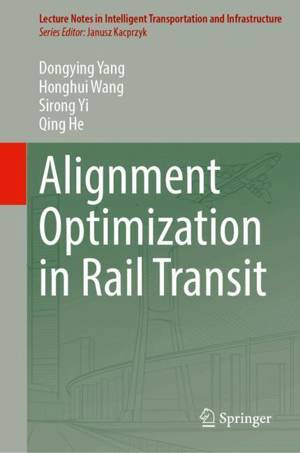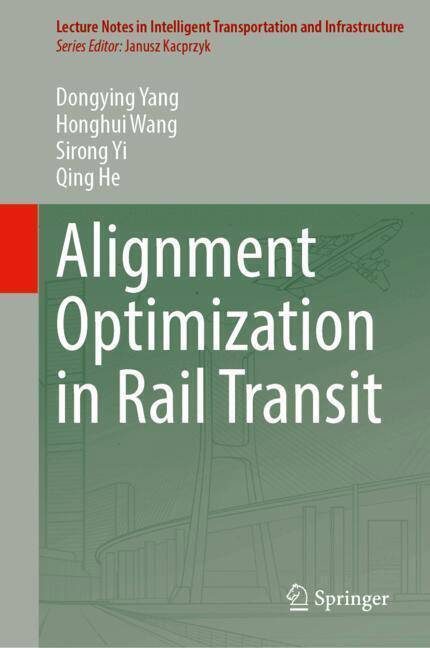
- Retrait gratuit dans votre magasin Club
- 7.000.000 titres dans notre catalogue
- Payer en toute sécurité
- Toujours un magasin près de chez vous
- Retrait gratuit dans votre magasin Club
- 7.000.0000 titres dans notre catalogue
- Payer en toute sécurité
- Toujours un magasin près de chez vous
Description
This book deals with alignment optimization models for planning rail transit. After a general introduction to the basics of alignment optimization theory, it presents different alignment optimization methods to deal with different situations. It shows how to set up a 3D GIS scene for alignment interaction design, including location calculation of an alignment, alignment expression in a 3D scene, and the spacial relations between geographic objects, horizontal alignment, and vertical alignment. Further, it presents methods for solving more complex alignment optimization models, and shows for each different rail transit situation, how to calculate investment, energy consumption, and environmental influence. All in all, this book offers an interesting and timely reading to both researchers and professionals in the field of optimization theory, transportation planning, and GIS.
Spécifications
Parties prenantes
- Auteur(s) :
- Editeur:
Contenu
- Nombre de pages :
- 181
- Langue:
- Anglais
- Collection :
Caractéristiques
- EAN:
- 9783031805608
- Date de parution :
- 01-03-25
- Format:
- Livre relié
- Format numérique:
- Genaaid
- Dimensions :
- 147 mm x 226 mm
- Poids :
- 476 g

Les avis
Nous publions uniquement les avis qui respectent les conditions requises. Consultez nos conditions pour les avis.






